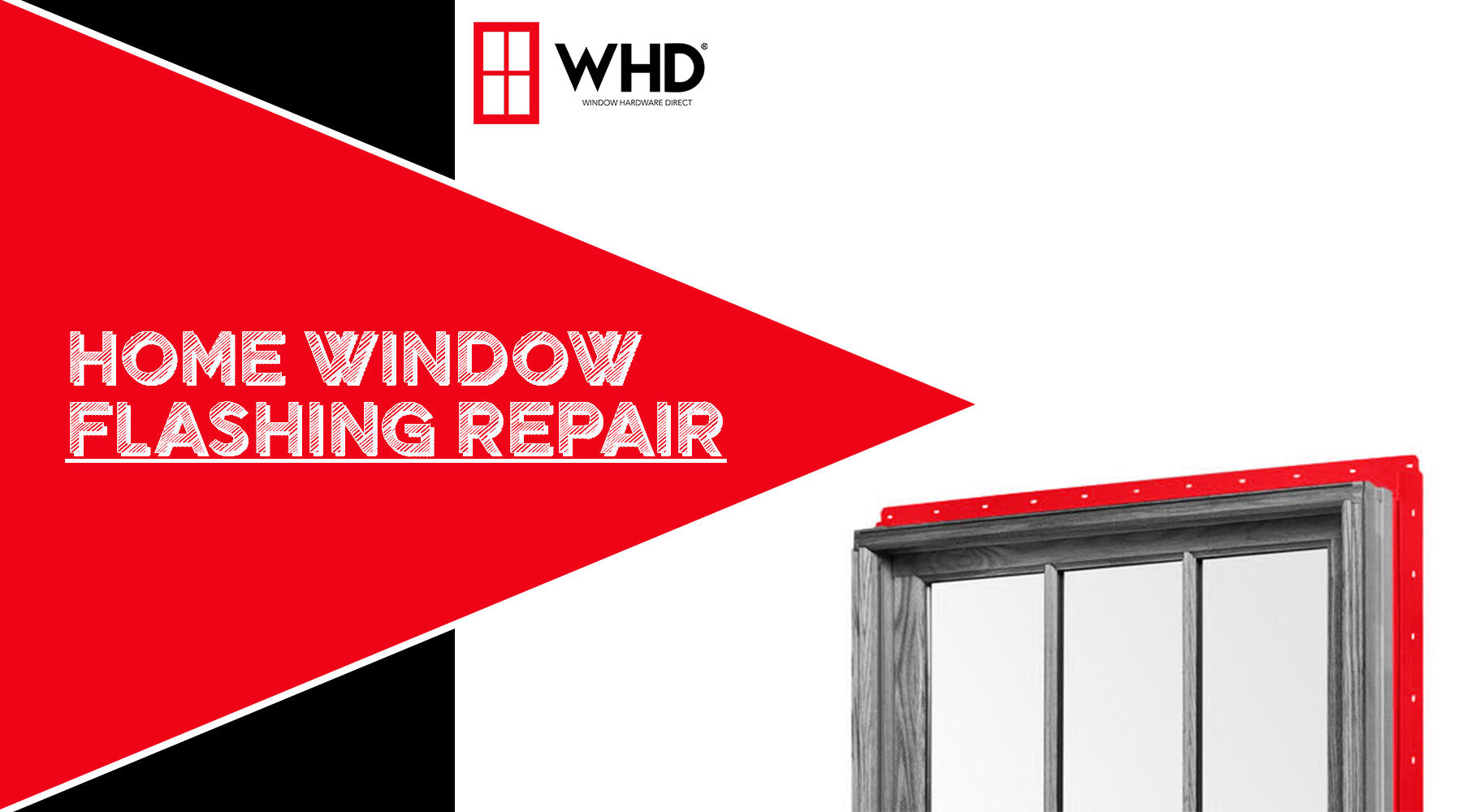
Enhance Your Home's Comfort and Efficiency with Window Flashing Repair
Windows play a crucial role in maintaining the comfort and energy efficiency of your home. However, over time, wear and tear can compromise their effectiveness. One common issue homeowners face is window flashing damage. Window flashing is a thin material, typically made of metal or vinyl, installed around the window frame to prevent water infiltration. When damaged, it can lead to leaks, drafts, and even structural problems. In this article, we will explore the importance of window flashing repair and provide guidance on how to address this issue to keep your home in optimal condition.
Understanding Window Flashing
Window flashing is a protective barrier designed to prevent water from seeping into the wall cavity and causing damage. It is installed around the window frame and serves as a critical component in the defense against water intrusion. Over time, exposure to the elements, temperature fluctuations, and general wear can cause window flashing to deteriorate.

Signs of Window Flashing Damage
Water Leaks:
If you notice water stains on your walls or around the window frame, it may indicate a problem with the flashing.

Drafts and Energy Loss:
Damaged flashing can allow air to penetrate your home, leading to drafts and increased energy bills.

Mold and Mildew:
Moisture entering through compromised flashing can create an ideal environment for mold and mildew growth.

Visible Damage:
Inspect the window flashing for visible signs of wear, such as cracks, peeling, or rust on metal flashing.

Repairing Window Flashing
 Assessment:
Assessment:
Begin by thoroughly inspecting the window flashing. Identify any areas of damage or deterioration. Pay close attention to joints, corners, and areas where the flashing meets the window frame.
 Cleaning:
Cleaning:
Before starting the repair process, clean the damaged area. Remove any dirt, debris, or old caulk that may hinder the effectiveness of the repair.
 Repair Materials:
Repair Materials:
Depending on the extent of the damage, you may need various materials for the repair, such as new flashing, caulk, and a utility knife.
 Replacement:
Replacement:
If the flashing is severely damaged, consider replacing it entirely. Carefully remove the old flashing and install the new material, ensuring a tight seal around the window frame.
 Sealing:
Sealing:
Apply a high-quality exterior caulk to seal any gaps or joints. This additional layer of protection helps prevent water infiltration and ensures the longevity of the repair. We also recommend replacing any old weatherstripping and/or glazing for extra energy efficiency.
 Regular Maintenance:
Regular Maintenance:
To extend the life of your window flashing, conduct regular inspections and address any issues promptly. Keep an eye on the condition of the caulk and replace it if necessary.
Conclusion
Addressing window flashing repair is essential for maintaining a secure and energy-efficient home. By being proactive and addressing any signs of damage promptly, you can prevent more extensive issues down the line.
Regular maintenance and timely repairs will not only protect your home from water damage but also contribute to improved energy efficiency and a comfortable living environment. For more information about window flashing repair or help ordering replacement parts, contact us today! The WHD Team is here to assist you.
